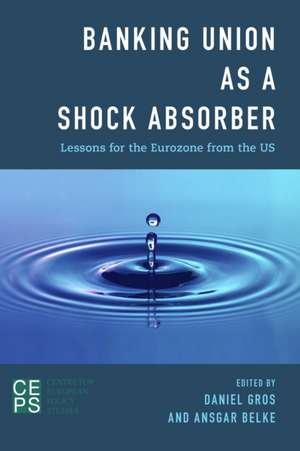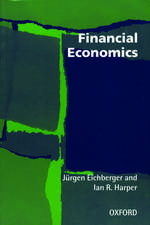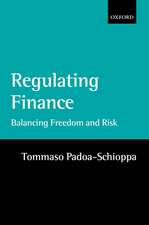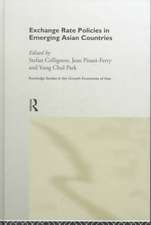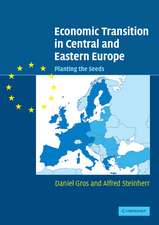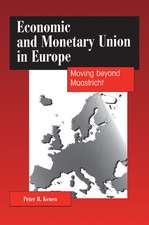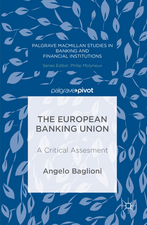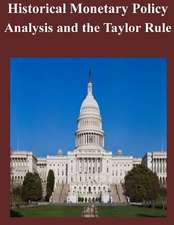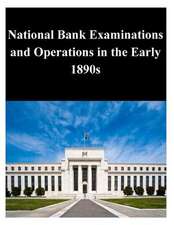Banking Union as a Shock Absorber
Autor Ansgar Belke, Daniel Grosen Limba Engleză Paperback – 14 dec 2015
Preț: 247.03 lei
Nou
Puncte Express: 371
Preț estimativ în valută:
47.28€ • 51.38$ • 39.74£
47.28€ • 51.38$ • 39.74£
Carte tipărită la comandă
Livrare economică 21 aprilie-05 mai
Preluare comenzi: 021 569.72.76
Specificații
ISBN-13: 9781783485956
ISBN-10: 1783485957
Pagini: 98
Dimensiuni: 155 x 231 x 15 mm
Greutate: 0.43 kg
Editura: Rowman & Littlefield International
ISBN-10: 1783485957
Pagini: 98
Dimensiuni: 155 x 231 x 15 mm
Greutate: 0.43 kg
Editura: Rowman & Littlefield International
Descriere
The Great Financial Crisis, which started in 2007-08, was originally called the 'sub-prime' crisis because its origins could be traced to excessive lending in the real estate sector in the US, concentrated mostly in sunbelt states like Nevada, Florida and California. There were similar pockets of excess lending for housing in Europe, notably in Ireland and Spain. But a key difference emerged later: in Ireland and Spain, the local banking systems almost collapsed and the governments experienced severe financial stress with large macroeconomic costs. Nothing similar happened in the US. The local financial system remained fully functional and the local governments did not experience increased financial stress in the states with the biggest real estate booms, like Nevada or Florida. This book illustrates how the structure of the US banking market and the existence of federal institutions allowed regional financial shocks to be absorbed at the federal level in the US, thus avoiding local financial crisis. The authors argue that the experience of the US shows the importance of a 'banking union' to avoid severe regional (national) financial dislocation in the wake of regional boom and bust cycles. They also discuss the extent to which the institutions of the partial banking union, now in the process of being created for the euro area, should be able to increase its capacity to deal with future regional boom and bust cycles, thereby stabilising the single currency.
